Best Cellists Of All Time: Greatest Top 20
Discover our selection of the best cellists of all time featuring legendary virtuosos and today’s young stars.
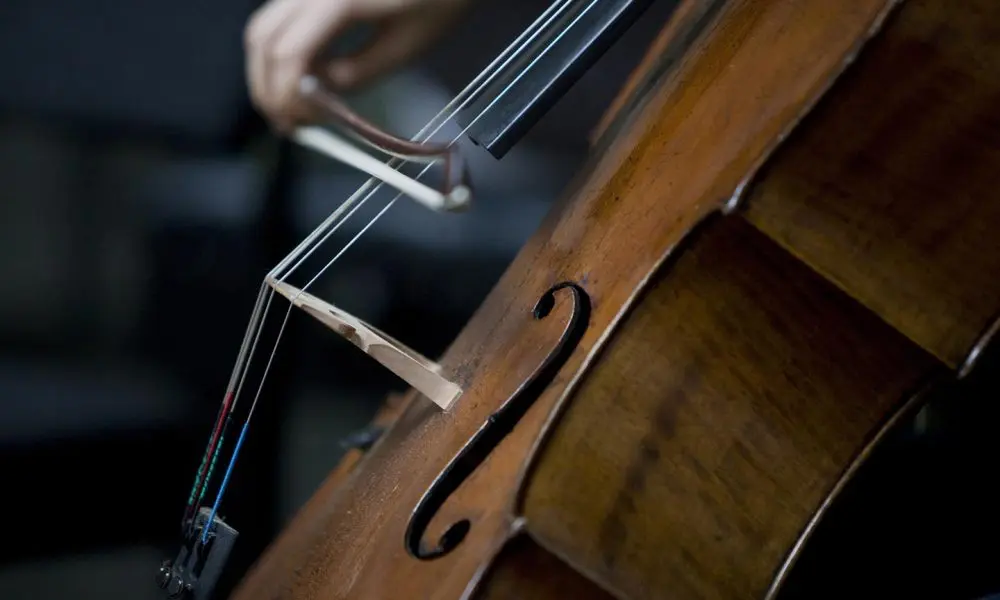
Who are the best cellists of all time? Our selection is confined to those who we can actually hear on disc. So all of the celebrated virtuosi of the 19th century are omitted. They include the composers Jacques Offenbach and Victor Herbert, Karl Davydov (1838-1889), Wilhelm Fitzenhagen (1848-1890), Alfredo Piatti (1822-1901), David Popper (1843-1913), and Julius Klengel (1859-1933). The last three survived into the age of recording but left us nothing of their playing, so we begin with one of the most significant English cellists of the first half of the 20th century, who not only left us with a number of discs, but made the first-ever recording of a cello solo.
Without further ado, here is our selection of the greatest cellists, featuring legendary virtuosos and today’s young stars.
20: W H Squire (1871-1963), British
The first-ever recording of a cello solo was made in 1898 by W(illiam) H(enry) Squire. His account of the Elgar Cello Concerto made exactly 30 years later with Hamilton Harty is not only a great interpretation but allows us to hear many of the elements of 19th-century cello playing (slight but continuous vibrato, for instance, and many portamenti). Amongst many other delights, you can hear him accompanying Dame Nellie Melba in her 1906 disc of the Bach-Gounod Ave Maria.
19: Ofra Harnoy (b. 1965), Israeli-Canadian
Harnoy became the first Canadian classical instrumental soloist since Glenn Gould to be signed to a major international label when she joined RCA Victor in 1987. She is perhaps best known for her world premiere recording of Offenbach’s Cello Concerto, but has also given us premieres of Viotti’s Concerto in C, some of Vivaldi’s, and the North American premiere of the Bliss Concerto.
18: Guilhermina Suggia (1885-1950), Portuguese
Thanks to a striking 1923 portrait of her by Augustus John, Suggia was the most recognizable and glamorous cellist of the early 20th century. She was a pupil of Pablo Casals (and lived with him for six years from 1906). From 1914, she made London her home. Her recordings (such as Bruch’s Kol Nidrei and Lalo’s concerto) reveal an intense and passionate musician.
17: Lynn Harrell (1944-2020), American
A pupil of Leonard Rose, Harrell was, like his teacher, equally well regarded as a soloist and as a pedagogue. His many teaching posts included becoming Principal of London’s Royal Academy of Music (1993-95). Vladimir Ashkenazy was among his most frequent collaborators on disc (as pianist and conductor), and among his wide and eclectic repertoire were the concertos of Victor Herbert and Dutilleux, and works by Joan Tower (b. 1938) and Donald Erb (1927-2008).
16: Julian Lloyd Webber (b. 1951), British
Few cellists in the last part of the 20th century did more to raise the profile of the cello in the popular imagination than Lloyd Webber. With his trademark Beatles mop, and as an eloquent campaigner for music education, he was a ubiquitous figure on the international music scene until 2014, when a herniated disc in his neck ended his performing career. He left us superb recordings of the Elgar and Walton concertos, the world premiere of Sullivan’s concerto, and many of his father William’s charming pieces.
15: Gaspar Cassadó (1897-1966), Spanish
Cassadó was a pupil of Casals from 1908 (he called him his “spiritual father”), and the two remained close friends until the Spanish Civil War when Casals was forced into exile. Cassadó is most famous for his arrangement of Schubert’s “Arpeggione” Sonata, which he turned into a cello concerto, and his recording of Tartini’s Concerto in D (actually another arrangement, this by Louis Delune), but his impassioned account of Dvořák’s concerto is well worth acquiring.
14: Sheku Kanneh-Mason (b. 1999), British
The new kid on the block first came to public attention in 2016 by winning the BBC Young Musician of the Year competition, but won international renown when he played at the wedding of Prince Harry and Meghan Markle in 2018, which was watched by three billion people. Generous of tone and spirit, Sheku Kanneh-Mason, one of the best cellists, is an innate musician and, even at this early stage in his career, an inspiring figure.
13: Alban Gerhardt (b. 1969), German
The son of a soprano and violinist (in the Berlin Philharmonic), Gerhardt is one of those musicians with an insatiable curiosity about the repertoire of his chosen instrument. His discography includes many works outside the standard literature, such as the two concertos by Wilhelm Fitzenhagen, and others by Dohnányi, d’Albert, and Volkmann. A charismatic stage presence with an immaculate technique.
12: János Starker (1924-2013), Hungarian
Starker gave his first performances in Budapest at six, began teaching at eight (!), and had five pupils by the age of twelve. A grand-pupil of David Popper, he survived the Nazis and left Europe for the USA in 1948, where, after a succession of orchestral posts, he recommenced his solo career. His immense discography embraces a huge range of the cello’s repertoire, from Haydn to Hovhaness and Popper to Prokofiev.
11: Danil Shafran (1923-97), Russian
A cellists’ cellist, Shafran was less well-known to Western audiences than his contemporary Rostropovich, under whose shadow he fell somewhat, though there are those that judge him to be Rostropovich’s superior. Noted for the spontaneity of his playing, unconventional fingering, mastery of high registers, and risk-taking, Shafron used the same cello throughout his career – a 1630 Amati, which he won at the age of 14 in a competition. His most famous recording is of Shostakovich’s D minor Cello Sonata with the composer.
10: Mischa Maisky (b. 1948), Latvian-born Israeli
A pupil of Rostropovich in Moscow and (having emigrated to Israel in 1972) Piatigorsky in Los Angeles, Maisky is the only cellist to have studied with both masters. After a concert in Carnegie Hall, a wheelchair-bound gentleman approached him. He had been so impressed by his playing that he gave Maisky a Montagnana cello. His passionate, deeply-felt musicianship can sometimes be over-emotional – he plays with a wide vibrato and has a fiery temperament – but brings an unforgettable, super-charged intensity to everything he plays. In 2021 Deutsche Grammophon released a box set of 44 CDs with his complete recordings for the Yellow Label.
9: Pierre Fournier (1906-86), French
Fournier, one of the greatest cellists, is often referred to as “the aristocrat of cellists” because of his suave stage manner and refined, elegant tone. Martinů and Poulenc dedicated sonatas to him, and he gave the premieres of concertos by Martinů, Roussel, and Martin. His recordings of the Beethoven Cello Sonatas with Artur Schnabel, his solo Bach, the Brahms Double Concerto (with David Oistrakh), and the Dvořák Cello Concerto with Szell are highly-prized by aficionados.
8: Yo-Yo Ma (b. 1955), American
Born in Paris to Chinese parents (both of them musicians), Ma was a child prodigy, performing in public from the age of four-and-a-half. With 90 albums behind him and the recipient of 19 Grammy Awards, he is one of the best cellists and one of the highest-profile classical musicians in the world, embracing an eclectic repertoire that stretches well beyond the confines of the classical world with forays into American bluegrass, Chinese folk melodies, and pop songs.
7: Paul Tortelier (1914-90), French
British TV audiences in the 1960s came to know (and regard with some affection) Tortelier during the long time he gave televised master classes on the BBC. Even those with little knowledge of classical music were drawn to his lively personality and charming Gallic manner. He was an admirer and friend of Casals (one of his finest recordings is of the Schubert Quintet with Stern, Schneider, Katims, and Casals himself). The Strad (April 1984) noted, “Creative fantasy and a youthful abandon are inherent in his performing style.”
6: Gregor Piatigorsky (1903-76), Russian-American
Piatogorsky was the foremost Russian cellist of the mid-20th century. Ivan Galamian, teacher of Itzhak Perlman, once described him as “the greatest string player of all time.” With a fast, narrow vibrato, using little portamenti, he played with a drama and precision envied by his peers. Prokofiev, Hindemith, Castelnuovo-Tedesco, and Walton were among those who wrote concertos for him. He made several recordings for RCA with Arthur Rubinstein and Jascha Heifetz, earning them the nickname of ‘The Million-Dollar Trio.’
5: Jacqueline du Pré (1945-87), British
From the earliest days of her career, Du Pré, one of the greatest cellists, was among the most beloved of musicians. Her main teacher was William Pleeth (himself a pupil of W H Squire), but she also studied with Casals, Tortelier, and Rostropovich. Her vivacious personality, captured in a series of films by Christopher Nupen, and her marriage to the pianist and conductor Daniel Barenboim caught the public imagination, while her recording of the Elgar concerto made at the age of 20 with the conductor (and former cellist) Sir John Barbirolli has come to define her all-too-brief career. Her last performance was in 1973, after developing the symptoms of multiple sclerosis in 1971.
4: Steven Isserlis (b. 1958), British
Among the most intelligent and sensitive of creative musicians, with an insatiable curiosity for the forgotten and obscure, Isserlis is blessed with a mischievous sense of humor and a whimsical personality. He is a grand-pupil of Feuermann through his teacher Jane Cowan and plays, unusually, with gut strings. His cello hero is Danil Shifran. His chamber music associates include Oli Mustonen, Joshua Bell, and Sir Stephen Hough. Isserlis has given the premieres of works by Robert Saxton, Howard Blake, and (most notably) John Tavener (at the Proms in 1989, he gave the premiere of the latter’s The Protecting Veil, written for him).
3: Mstislav Rostropovich (1927-2007), Russian
Generally regarded as the greatest cellist of the second half of the 20th century (some say of all time), Rostropovich was a larger-than-life figure, a passionate campaigner for justice and human rights who used his fame as a musician to further his fervently-held beliefs and political opinions. His musicianship has been characterized as “emotional largesse and deep sincerity.” He certainly aroused the admiration of many composers and fellow musicians, playing the premieres and/or commissioning 117 works for the cello by the likes of Prokofiev, Shostakovich, Britten, Messiaen, Lutosławski, Khachaturian, Piazzolla, Schnittke, Bernstein, and Penderecki. Rostropovich, Sviatoslav Richter, and David Oistrakh are the three greatest Soviet musicians of their era.
2: Emanuel Feuermann (1902-42), Austrian-born American
Those whom the gods love, die young. His teacher, Julius Klengel, wrote, “Of all those who have been entrusted to my guardianship, there has never been such a talent …our divinely favored artist and lovable young man.” There is only one short film of him playing (Dvořák and Popper). Listen to his Dvořák and Haydn D major concertos or any of his recordings with Heifetz and Rubinstein: it is not just the technical mastery, but his emotional engagement with the music that is so compelling and, so frequently, moving. After a 1938 Proms performance in London, one critic wrote, “I do not think there can any longer be doubt that Feuermann is the greatest living cellist, Casals alone excepted …”
1: Pablo Casals (1876-1973), Spanish (Catalan)
What Segovia was to the guitar, Kreisler to the violin, and Rubinstein to the piano, Casals was to the cello. He was synonymous with the instrument, beloved by his fellow musicians, and adored by audiences worldwide. No one had a greater impact or was more influential on cello playing in the 20th century. In 1959, the American writer Max Eastman posited that “[Casals] is by common consent the greatest cellist who ever lived.” Fritz Kreisler went further and described him as “the greatest man who ever drew a bow.”
Casals was only 13 when he unearthed a copy of the then-forgotten Bach Cello Suites in a Barcelona junk shop. He worked on them for 12 years before performing them in public, and waited until he was 60 before recording them. He had a clean, penetrating tone, developed new methods of fingering and bowing, and, as evident in this article, taught a huge number of famous cellists. He was a passionate chamber music player, forming one of the greatest trios in the history of music with Alfred Cortot and Jacques Thibaud (they were together for 30 years). Having been threatened with dismemberment by the Franco regime, he moved to Prades (France), where he founded a festival in 1950. Latterly, he moved to Puerto Rico. At length, he vowed never to play the cello in public again as long as Franco ruled Spain. In 1971 the (by now) frail old man broke this vow when he was presented with the U. N. Peace Medal, performing ‘El Cant dels Ocells’ (The Song of the Birds), a Catalan folk song that became a classic under Casals’ bow. The occasion was televised, one of the most moving events of its kind you will ever witness.

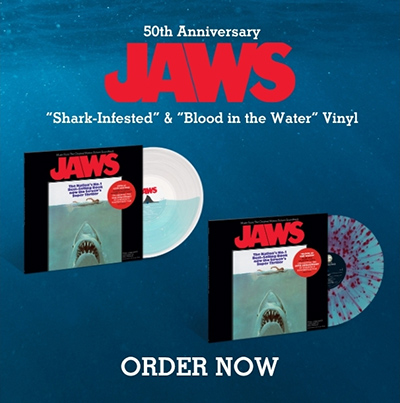


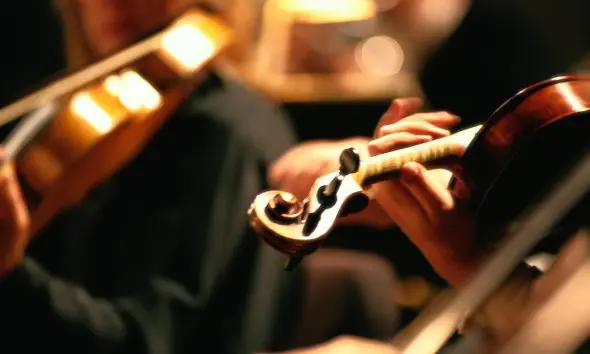
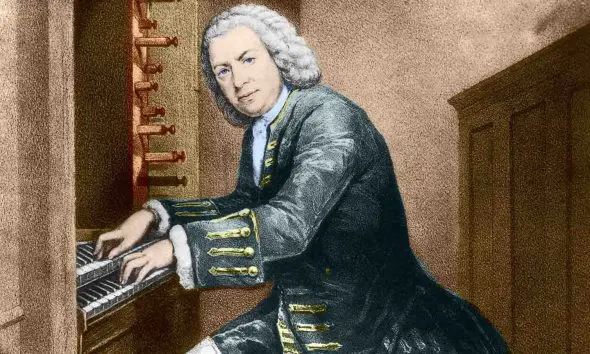
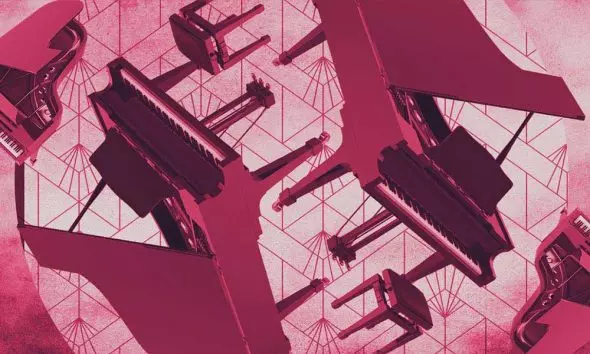
Sheila Novitz
October 7, 2022 at 5:36 pm
Good to read about these cellists, the greatest of whom – for me – was Jacqueline du Pré. I think it a pity that the Hungarian cellist, Miklós Perényi, has not been included. Thank you for this very interesting article.
David Emberson
January 25, 2023 at 12:20 am
Not a bad list, but I would have placed them in a different order.
Barbara R.
December 25, 2023 at 10:29 pm
I agree that Miklos Perenyi is missing and what about Sol Gambetta, Nathaniel Rosen who was the first cellist to win the Tschaikovsy competetition.I’m sure there are others.It is hard to say the “greatest” on any instrument.
Stylistically musicians can be quite different especially if considering the period in which they studied, but then we also get into individual preferences. But if we are to say “great” than we can include many more. There are many young cellists who appear to be heading for greatness. In the the meantime, let’s not forget those who worked so hard to achieve a very high level even if they are not as well known as Yo Yo Mas,they deserve recognition for their hard work and contribution to the classical
(generically speaking) music world.This includes a big thank you to cellists of the great string quartets like the Emerson who just retired,Cleveland Melos, Julliard, could go on and on …same goes for first cellist of good
chamber orchestras and full symphony orchestras. I realize your article is to
point out the very best cellists of the past and present,but as an appreciator
who has been “saved” by the great composers and their interpretors,I hate to leave out musicians who have
dedicated their lives to music. We owe them so much and at the very least not
to be forgotten.
Jim Waller
March 31, 2024 at 11:17 pm
I can’t believe Adolphe Frezin is not on this list! Graduated from the Royal Conservatory of Music in Brussels at age 16 with highest honors, principle cellist with Brussels National Symphony for 18 years, cellist with the Paganini String Quartet, principle cellist with the following symphony orchestras: New York Metropolitan Opera, Los Angeles Philharmonic, The Cleveland Orchestra. One of the few people in history who actually made George Szell smile.
Szell once told the orchestra at a rehearsal, “When it comes to intonation, you all need to listen to Mr. Frezin!” After performing the cello solo in Strauss’s Don Quixote with the London Symphony, he recieved a letter from the conductor (his name escapes me)stating that he much preferred his interpretation to that of Pablo Casals who had performed it a year earlier. Casals, Piatigorsky, Rostropovich, Rose, and Feuerman were all acquainted with him
and they all would have included him on this list.